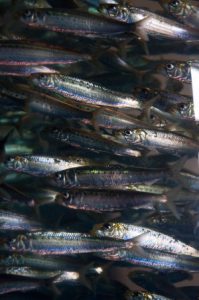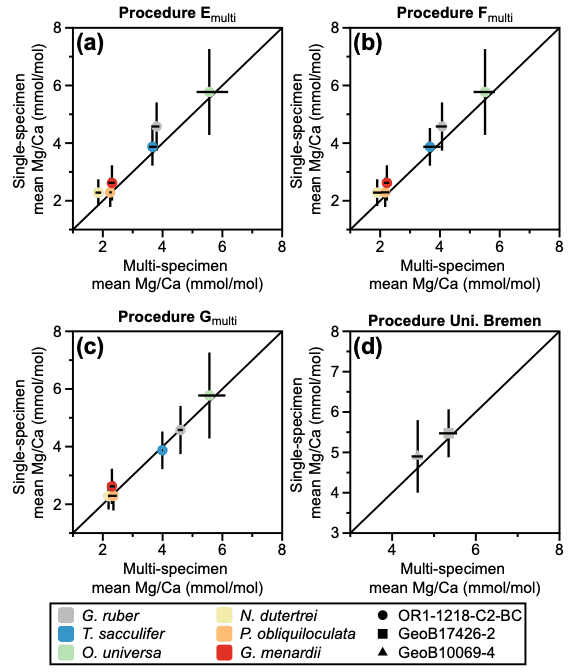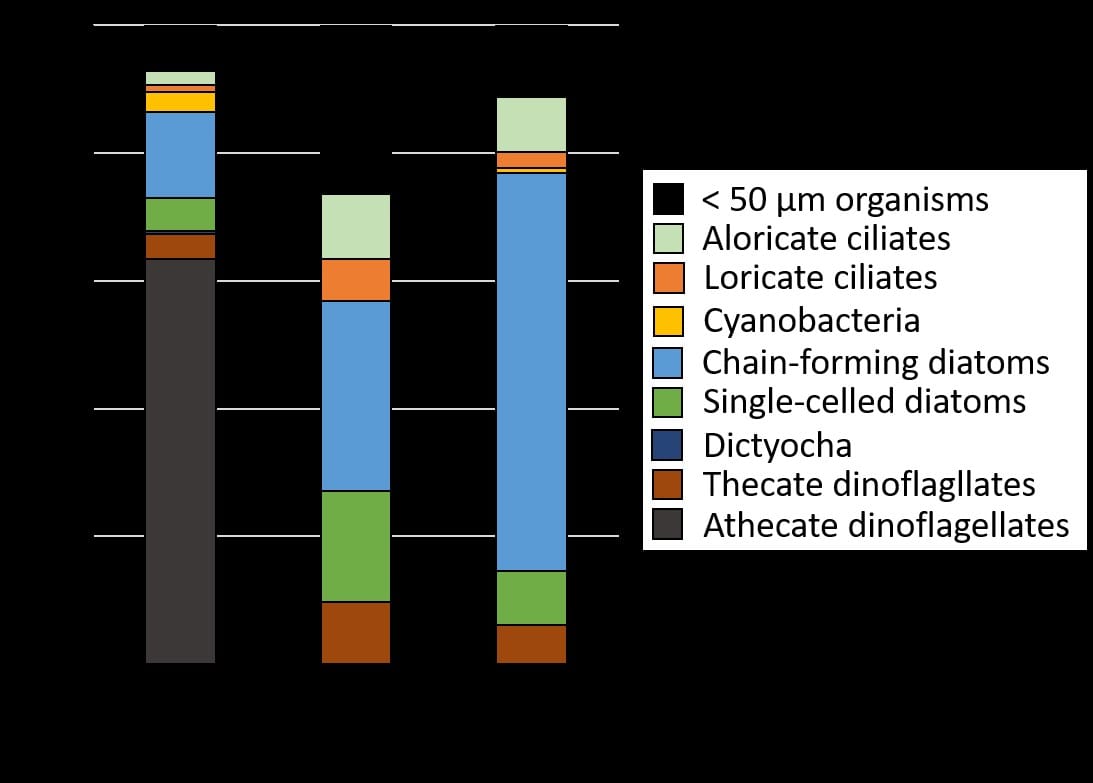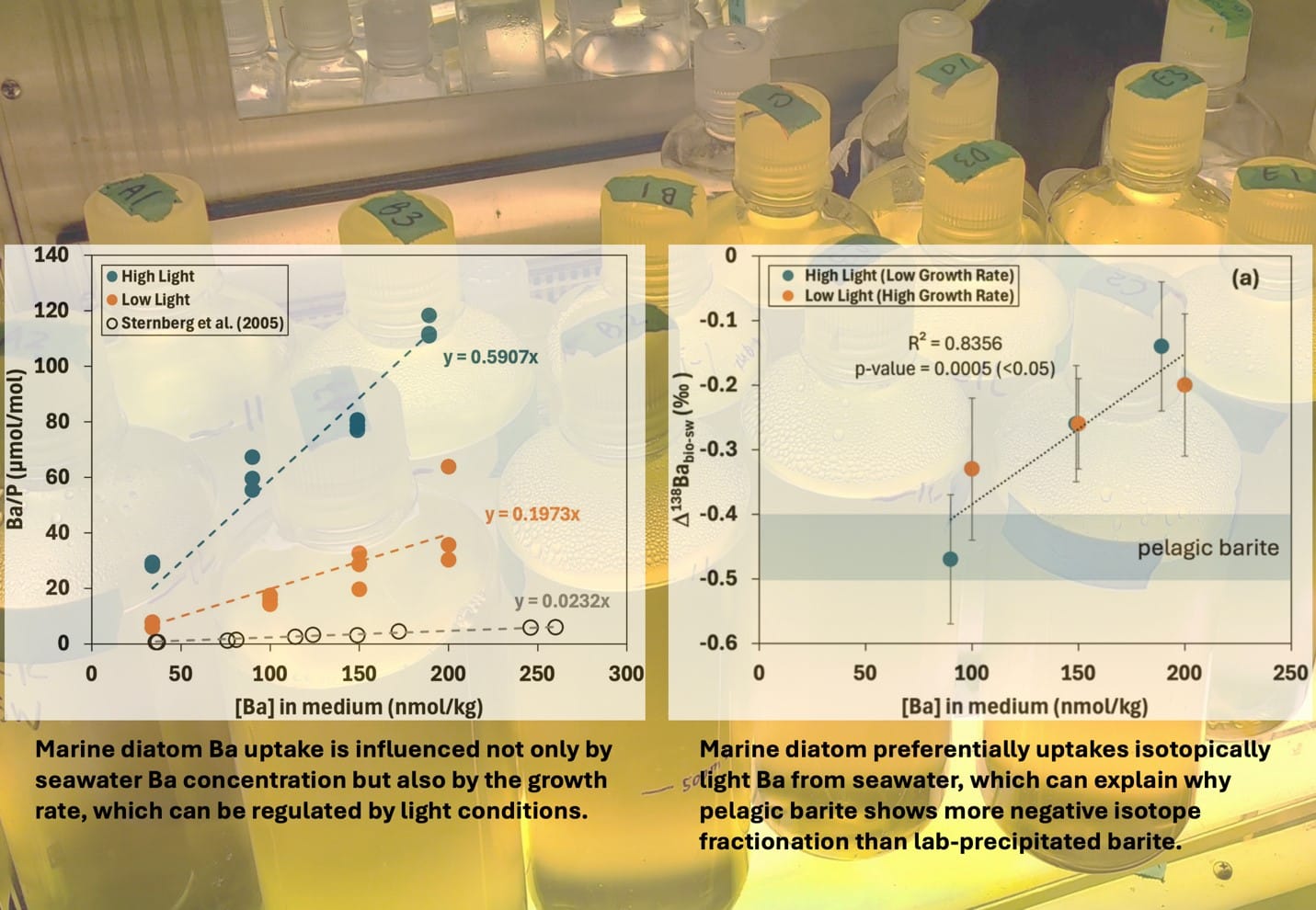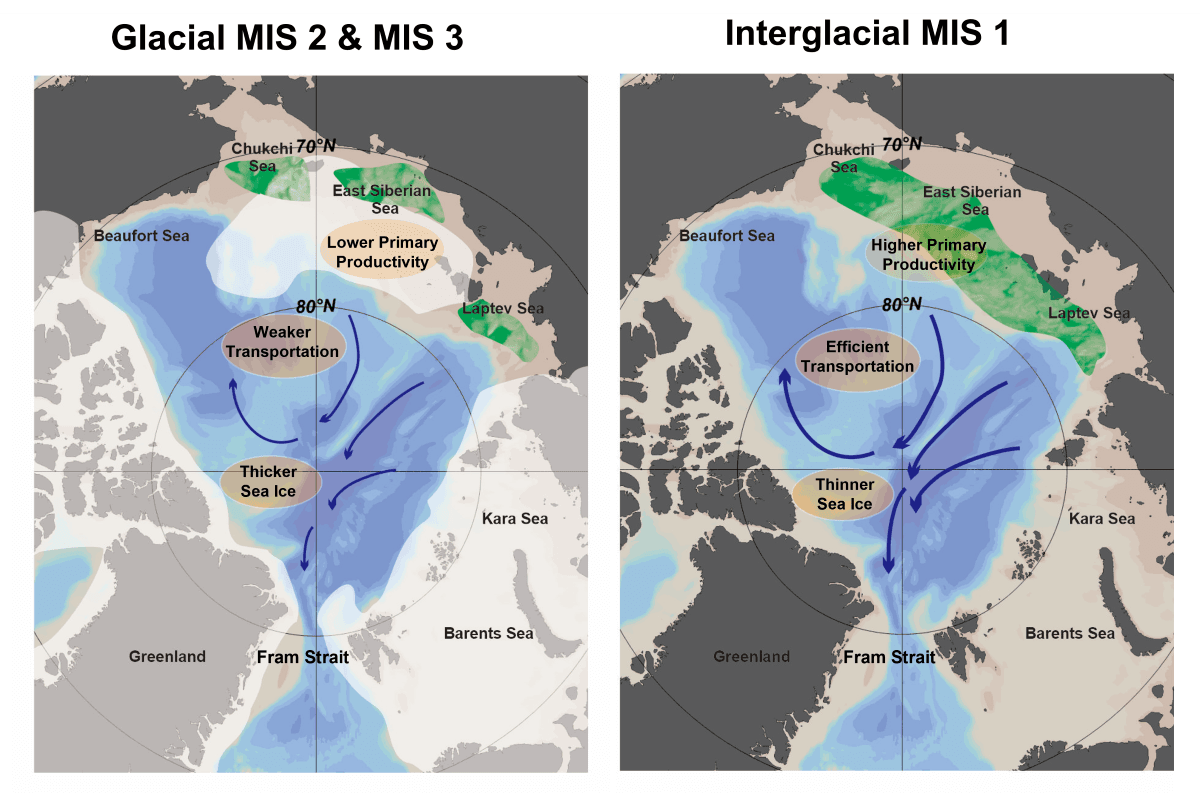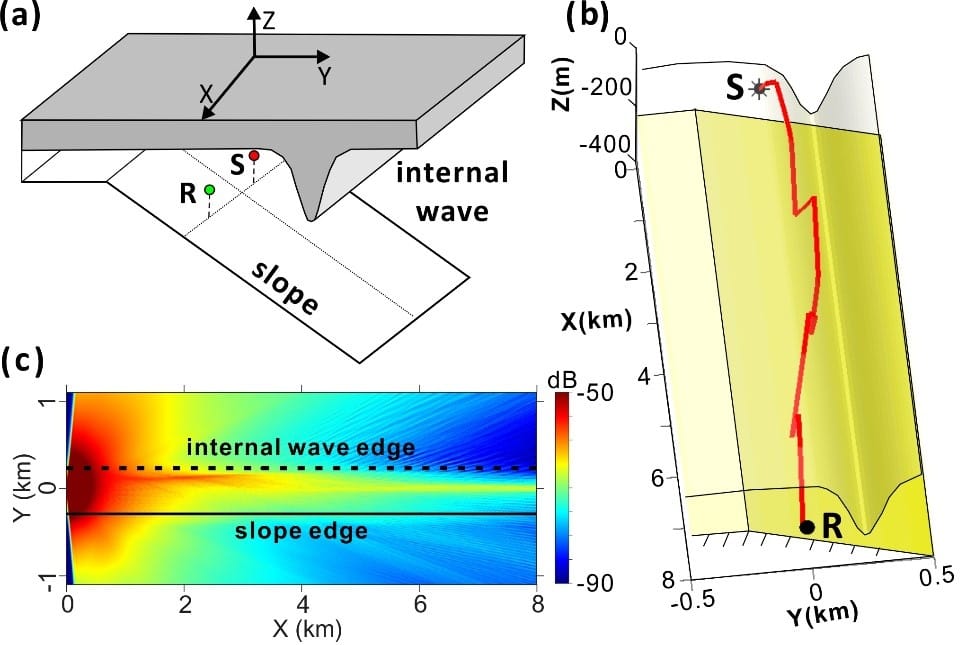Associate Professor, Chih-hao Hsieh, from the Institute of Oceanography/Institute of Ecology and Evolutionary Biology, together with an international research team develops a method that helps examine nonlinear climate impacts on Pacific sardines. This study, published in Proceedings of the National Academy of Sciences (4/17/2013), provides a new solution to forecast how fishing, climate changes, and ecosystem condition can work in concert to affect the abundance of fish stock.
In the early 1940s, California fishermen caught a great amount of sardine at a time that set the backdrop for John Steinbeck’s “Cannery Row” novel. But by the end of the decade, the nets came up empty and the fishery collapsed. Where did fish all go? According to a new study led by the team, the forces behind the sardine mystery are a dynamic and interconnected moving target.
The need to understand synergistic effects of fishing and climate on fish populations is a pressing concern for fisheries management. Nevertheless, even with substantial investment in effort and money, the answer remains elusive. The team argues that problems lie in seeking answers one factor at a time, as scientists have done for decades. What is the impact of climate on sardines? What is the effect of overfishing on sardines? Focusing on single variables in isolation can lead to misguided conclusions. For example, based on historical data, studies in the 1990s showed that higher temperatures are beneficial for sardine production. By 2010 new studies proved that the temperature correlation was instead a misleading, or “mirage,” determination. “Mirages” are associations among variables that spontaneously come and go or even switch sign, positive or negative. That is, simple correlation or model fitting analyses cannot provide reliable answer to the sardine fisheries problems. In fact, the temperature can have positive or negative effects on the sardine population, depending on the conditions of the population and species interactions.
Using the novel method developed by the team, the researchers argue that climate, human actions, and ecosystem fluctuations combine to influence sardine and other species populations, and therefore such factors should not be evaluated independently. Such methods avoid the mirage issue by seeking evidence from dynamic linkages between factors, rather than one-to-one statistical correlations. Such novel methods provide a framework to investigate nonlinear multiplicative effects of fishing, climate, ecosystem conditions, and species interactions on the fluctuation of target stock.
Reference
“Predicting climate effects on Pacific sardine” Proceedings of the National Academy of Sciences, USA, April 17, 2013.
School of sardines (Credit: University of California – San Diego)
Chih-hao Hsieh
http://homepage.ntu.edu.tw/~complex/ecoinformatics_c.html

